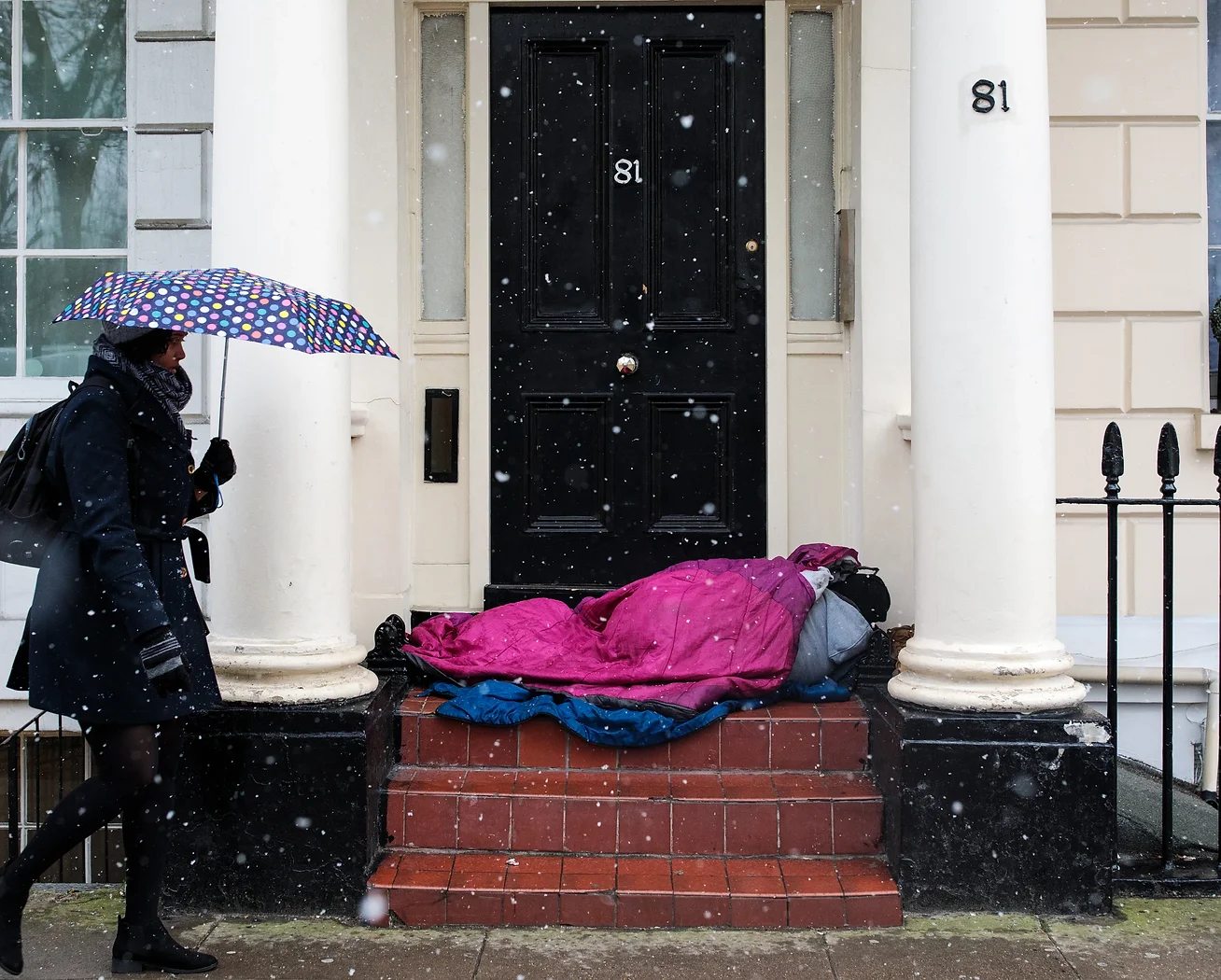The London neighbourhoods of Belgravia, Knightsbridge, Mayfair, Chelsea and Kensington have become so exclusive that owners have become visitors
London is known to be one of the wealthiest cities in the world, however, amidst its wealth and abundance, there is a curious phenomenon – the abundance of empty houses in wealthy places. Over the last decade owners and buyers in wealthy areas have increasingly been foreign investors from Russia, Saudi Arabia and India, purchasing property as investments or holiday homes, with little to no interest in living in them, creating a buy to leave phenomenon impacting the economy, local communities and businesses.
From Belgravia to Knightsbridge these areas are littered with empty houses that seem to defy the logic of the real estate market. According to recent studies, around 1 in every 10 properties in prime areas are left vacant, representing a stark contrast to the escalating housing crisis in other parts of the city. What is causing this trend?
One reason for the abundance of empty houses is the rise of overseas investment in the London property market. With the pound sterling at a record low, overseas buyers have been capitalising on the lucrative real estate market to purchase properties as investments. Often, these investments are not for residential purposes but as a store of value. This investment behaviour is supported by tax incentives that the UK government offers foreign buyers, further perpetuating the phenomenon of empty houses in wealthy areas of London.
According to recent research from the Big Issue, 257,331 properties across the country have been vacant for more than six months, with the vast majority of them being located in wealthy areas of London, the City of London came out on top and Kensington and Chelsea followed with one in eight homes left unoccupied.
Another reason for this trend could be due to changes in the lifestyle of the ultra-rich. A growing number of them seem to have multiple residences across different countries, and their stays in each location can be sporadic. Some properties are used as holiday homes or short-term residences while the owners are in London for work or social engagements, causing a higher number of empty properties.

Empty properties pose numerous problems for the city. First, it exacerbates the housing crisis and causes severe imbalances in the real estate market. Second, it can affect local businesses and the overall economy since empty properties can drive down demand for essential services, including shops and restaurants.
This unsustainable trend could have stark long-term implications on the city’s economy and society. With changing policies and increasing regulations, we hope to see more balanced, fair, and inclusive property markets in London in the future.
Real estate company Savills estimate that 37 percent of people buying property in the most expensive neighbourhoods of central London did not intend them to be primary residences. “Whether it be Mayfair, Belgravia or Knightsbridge these towns are becoming ghost towns,” said Ian Whitemore, an estate agent covering the Belgravia area. Having started in the early 2000s Ian said, “The area used to have a different buzz about it, it was more exciting, in the past decade or so half the restaurants have closed not to mention local services and independent shops.”
Empty homes are defined as properties that have been unoccupied for at least six months, whether they are privately owned or rented. In Belgravia and Mayfair, the number of empty homes has been increasing steadily in recent years, with some estimates suggesting that there may be as many as 1,000 empty homes in the area. This issue is particularly concerning given the current housing crisis in London, with a shortage of affordable homes for residents.

The sight of empty homes in such an affluent area is also seen as a symbol of inequality and injustice, with many arguing that these properties could be used to address the wider housing shortage. Another factor is the high costs associated with renovating and maintaining these properties. Many of the homes in Belgravia and Mayfair are historic properties, some of which require extensive and expensive maintenance work. This can make them unattractive to potential buyers, particularly those who may not have the financial resources to maintain them. Despite the challenges associated with empty homes in Belgravia and Mayfair, there are several potential solutions to this issue.
One approach is to encourage investors to rent out their properties rather than leaving them unoccupied. This could be achieved through incentives or penalties, such as higher taxes for empty properties. Another approach is to convert empty homes into affordable housing. This would involve working with local authorities and housing associations to renovate and convert unused properties into affordable homes for local residents. This would not only address the housing shortage in the area but would also provide a valuable opportunity for investors to support the wider community. While there are several factors contributing to this issue, there are also several potential solutions that could be pursued.
It is important for policymakers, residents, and investors to work together to find a way forward that balances the needs of the community with the desire for investment in the area, such as introducing higher taxes on empty properties to encourage owners to either rent or sell them or alternatively, incentives could be provided for landlords who offer long-term tenancies.






















